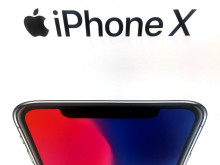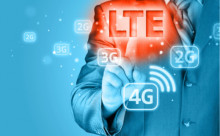Rogue ‘legal’ hacker tried to sell iPhone malware for $50 million
Nearly two years ago, security researchers unearthed what was, at the time, arguably the most advanced piece of mobile hacking software the world had ever seen. The tool in question was called Pegasus and was the brainchild of an Israeli-based security company called the NSO Group. As is often the case, the NSO Group’s business model rests on creating sophisticated software-based exploits and selling them to intelligence agencies and foreign governments.













































































